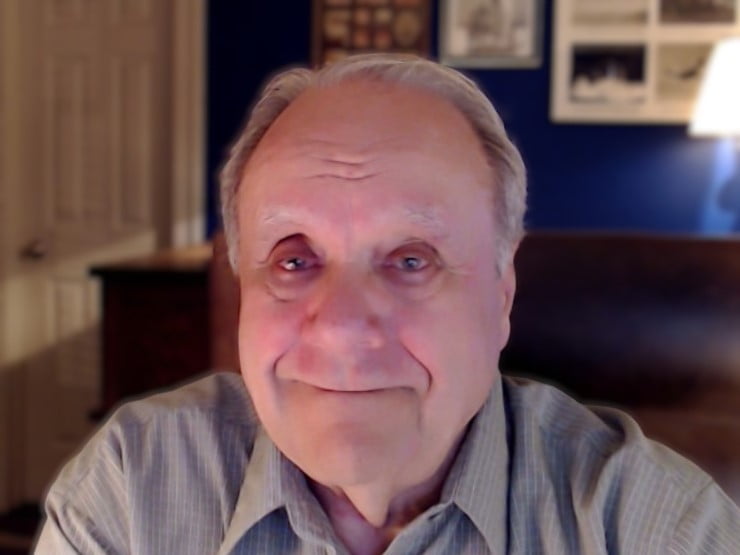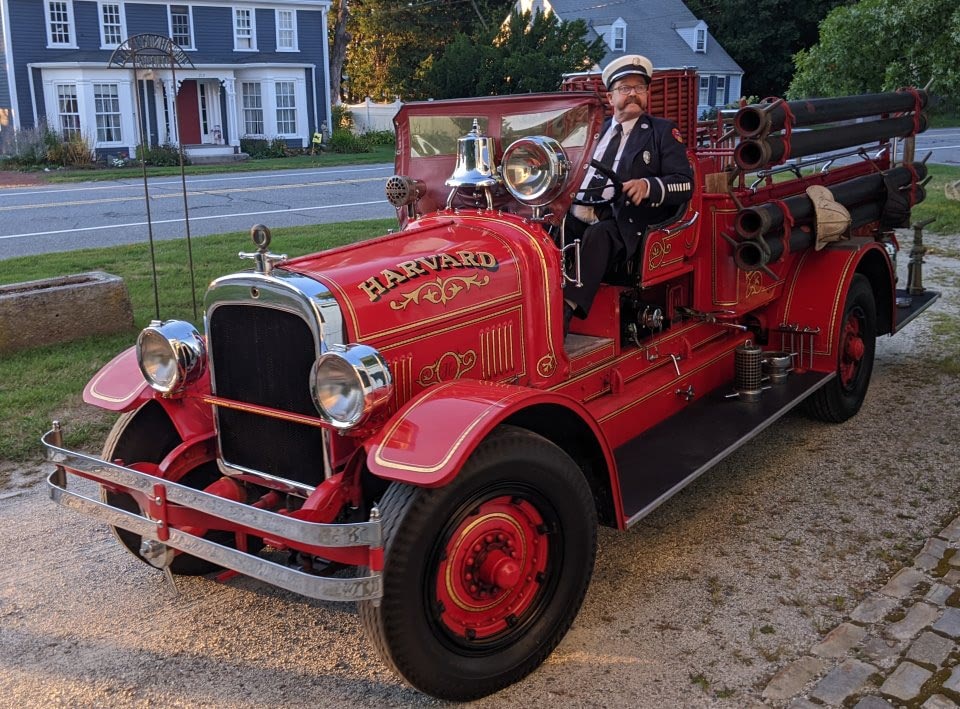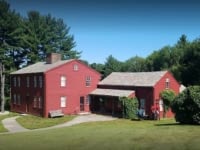Sandbox
Sandbox – Event
The Harvard Historical Society hosted the Harvard Fire Department for a program featuring a film created by Harvard resident producer/filmmaker, Robert Curran. The evening opened with the arrival of “Antiquey,” driven by Lt. Tony Shaw, and Engine 1, at the front of the Meetinghouse.





































